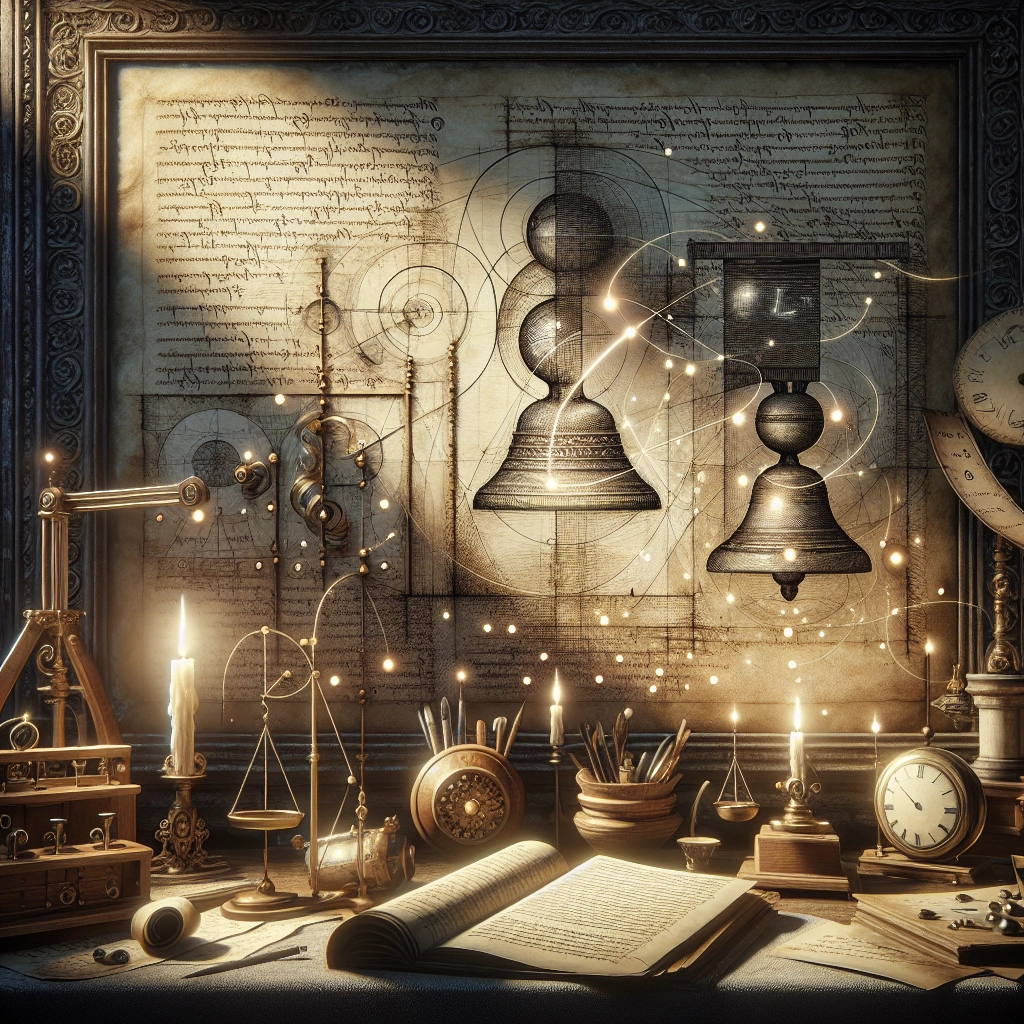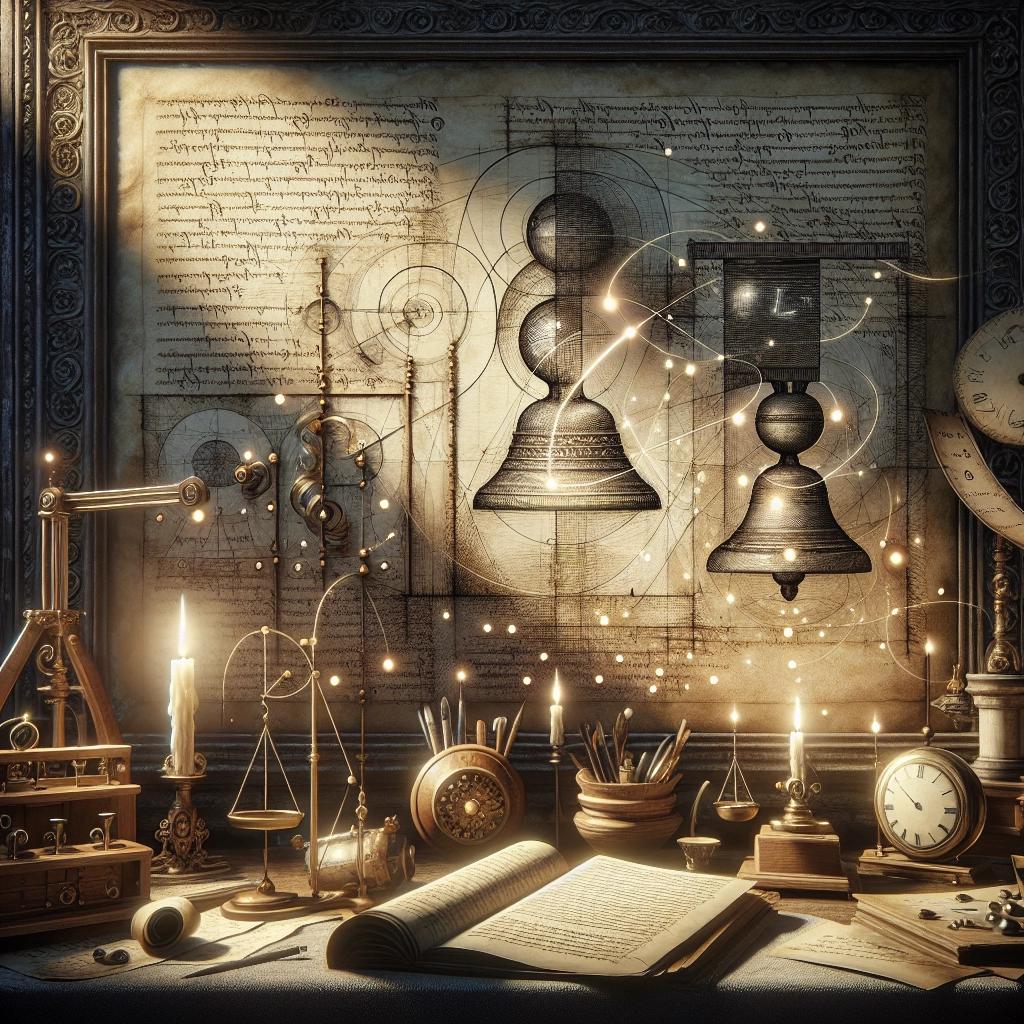Bells Inequality and Its Implications
 Quantum Cyber Solutions
Quantum Cyber Solutions

Published on
Tuesday, June 11, 2024
Bells Inequality and Its Implications
=========================================
Authors

Name
Eric deQuevedo 😄
Twitter
🌌 Introduction: Understanding Bell's Inequality
Bell's Inequality represents a cornerstone in quantum mechanics, revealing the fundamental differences between classical and quantum views of the world. Proposed by physicist John Bell in 1964, this inequality provides a way to test the predictions of quantum mechanics against those of classical physics, specifically local realism. This article delves into the origins of Bell's Inequality, its experimental tests, and its profound implications for our understanding of reality.
🔍 What is Bell's Inequality?
Bell's Inequality addresses the conflict between quantum mechanics and local realism. Local realism consists of two main principles:
- Locality: Information cannot travel faster than the speed of light, implying that distant events cannot influence each other instantaneously.
- Realism: Physical properties exist independently of measurement.
🌀 The Einstein-Podolsky-Rosen (EPR) Paradox
In 1935, Albert Einstein, Boris Podolsky, and Nathan Rosen (EPR) presented a thought experiment to argue that quantum mechanics was incomplete. They posited that if quantum mechanics were correct, it would imply "spooky action at a distance," where measurements on one particle instantaneously affect another entangled particle, regardless of the distance between them. This challenged the notion of local realism.
🧬 Bell's Theorem
John Bell's theorem provided a way to experimentally test the EPR paradox. Bell formulated an inequality that classical systems (obeying local realism) must satisfy. If quantum mechanics were correct, certain entangled states would violate this inequality.
📊 Bell's Inequality Formula
Bell's Inequality can be expressed in various forms. One common version is the CHSH (Clauser-Horne-Shimony-Holt) inequality, which can be experimentally tested using entangled photons.
✨ Experimental Tests of Bell's Inequality
The first experimental tests of Bell's Inequality were conducted in the 1970s and 1980s. These experiments used pairs of entangled photons and measured their polarizations at different angles.
🔬 The Aspect Experiment
In 1982, Alain Aspect and his team conducted a landmark experiment that tested Bell's Inequality using entangled photons. Their results showed a clear violation of Bell's Inequality, supporting the predictions of quantum mechanics over local realism.
🔍 Modern Experiments
Subsequent experiments have addressed various loopholes, such as:
- The Locality Loophole: Ensuring that the choice of measurement settings for one photon is space-like separated from the measurement of the other photon.
- The Detection Loophole: Ensuring that a sufficiently high fraction of entangled pairs is detected to rule out selective sampling.
In 2015, multiple experiments successfully closed these loopholes, providing even stronger evidence against local realism.
📜 Table: Key Experiments Testing Bell's Inequality
Year
Researchers
Key Contributions
1972
Freedman & Clauser
First experimental test of Bell's Inequality
1982
Aspect et al.
Violation of Bell's Inequality with entangled photons
1998
Weihs et al.
Closed the locality loophole using fast switching of detectors
2015
Hensen et al.
Loophole-free test combining high detection efficiency and locality
🌐 Implications of Bell's Inequality
🌍 The Nature of Reality
The violation of Bell's Inequality implies that the world cannot be both local and realistic. This challenges our classical intuition and suggests that either:
- Non-locality: Quantum entanglement allows for instantaneous correlations between distant particles.
- Non-realism: Physical properties do not exist independently of measurement.
🧠 Philosophical Implications
The implications of Bell's Inequality extend beyond physics, touching on philosophical questions about the nature of reality and free will. If the universe is inherently non-local or non-realistic, our understanding of causality and the nature of existence must be re-evaluated.
🔐 Applications in Quantum Technologies
Bell's Inequality has practical applications in developing quantum technologies, such as:
- Quantum Cryptography: Ensuring secure communication channels using principles of quantum entanglement.
- Quantum Computing: Exploiting entanglement and non-locality for computational advantages.
🌈 Conclusion: Embracing Quantum Reality
Bell's Inequality provides a profound insight into the nature of our universe, challenging classical notions of locality and realism. The experimental violations of this inequality affirm the predictions of quantum mechanics and open up new avenues for technological advancements and philosophical exploration. As we continue to unravel the mysteries of quantum mechanics, the lessons from Bell's Inequality will remain a guiding light in our quest to understand the true nature of reality.
📜 References
- Bell, J. S. (1964). "On the Einstein-Podolsky-Rosen paradox." Physics Physique Физика, 1(3), 195-200.
- Aspect, A., Dalibard, J., & Roger, G. (1982). "Experimental Test of Bell's Inequalities Using Time‐Varying Analyzers." Physical Review Letters, 49(25), 1804-1807.
- Clauser, J. F., Horne, M. A., Shimony, A., & Holt, R. A. (1969). "Proposed experiment to test local hidden-variable theories." Physical Review Letters, 23(15), 880-884.
- Hensen, B., Bernien, H., Dréau, A. E., Reiserer, A., Kalb, N., Blok, M. S., ... & Hanson, R. (2015). "Loophole-free Bell inequality violation using electron spins separated by 1.3 kilometres." Nature, 526(7575), 682-686.
- Weihs, G., Jennewein, T., Simon, C., Weinfurter, H., & Zeilinger, A. (1998). "Violation of Bell's inequality under strict Einstein locality conditions." Physical Review Letters, 81(23), 5039-5043.
Bell's Inequality continues to shape our understanding of the quantum world, challenging us to rethink our notions of reality and paving the way for revolutionary quantum technologies.
Discuss on Twitter • View on GitHub
Tags
Quantum Mechanics
Bells Inequality
Quantum Entanglement
Quantum Physics
Local Realism
Previous Article
Democratizing Drug Discovery: The Case for Open Source Pharma Platforms 💊🌍
Next Article
Entangled Photon Sources and Detectors: Unlocking the Potential of Quantum Mechanics
Subscribe to my newsletter
Read articles from Quantum Cyber Solutions directly inside your inbox. Subscribe to the newsletter, and don't miss out.
Written by
